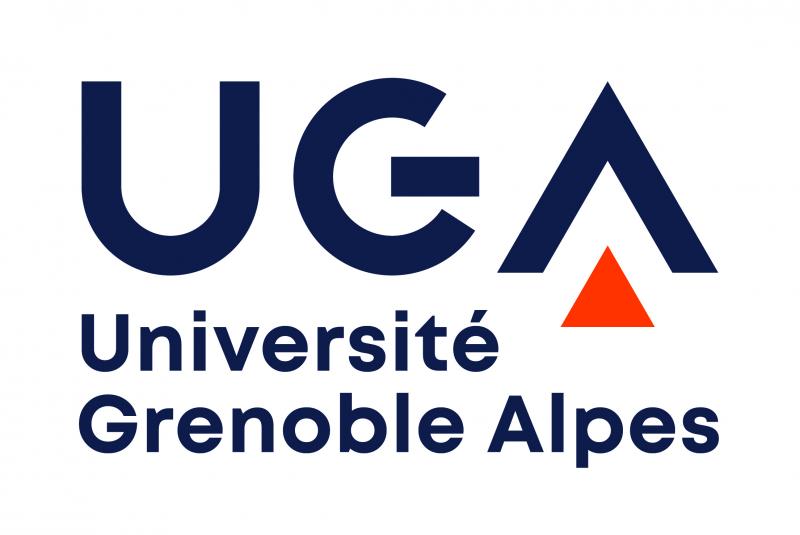Refs. 2. Sensori-motor experience, cognition and perception
(the list of references provided here is illustrative, far from being exhaustive!)
Beisert M, Massen C, Prinz W (2010). Embodied rules in tool use: a tool-switching study. Journal of Experimental Psychology: Human Perception and Performance, 36(2): 359.
Bender A, Beller S (2012). Nature and culture of finger counting: Diversity and representational effects of an embodied cognitive tool. Cognition, 124(2): 156–182.
Cook SW, Mitchell Z, Goldin-Meadow S (2008). Gesturing makes learning last. Cognition, 106(2): 1047–1058.
Dodd MD, Shumborski S (2009). Examining the influence of action on spatial working memory: The importance of selection. The Quarterly Journal of Experimental Psychology, 62(6): 1236–1247.
Evans J, Davies B, Rich E (2009). The body made flesh: embodied learning and the corporeal device. British journal of sociology of education, 30(4): 391–406.
Harman KL, Humphrey GK, Goodale MA (1999). Active manual control of object views facilitates visual recognition. Curr. Biol., 9(22): 1315–1318.
James K, Humphrey G, Vilis T, Corrie B, Baddour R, Goodale M (2002). ``Active'' and ``passive'' learning of three-dimensional object structure within an immersive virtual reality environment. Behavior Research Methods, Instruments, \& Computers, 34(3): 383–390.
Meijer F, van den Broek EL (2010). Representing 3D virtual objects: interaction between visuo-spatial ability and type of exploration. Vision Res., 50(6): 630–635.
Meijer F, Van der Lubbe RH (2011). Active exploration improves perceptual sensitivity for virtual 3D objects in visual recognition tasks. Vision research, 51(23): 2431–2439.
Sasaoka T, Asakura N, Kawahara T (2010). Effect of active exploration of 3D object views on the view-matching process in object recognition. Perception, 39(3): 289–308.
Thomas LE, Lleras A (2009). Swinging into thought: directed movement guides insight in problem solving. Psychon Bull Rev, 16(4): 719–723.
Witt JK, Kemmerer D, Linkenauger SA, Culham J (2010). A functional role for motor simulation in identifying tools. Psychol Sci, 21(9): 1215–1219.


 Sign in
Sign in














